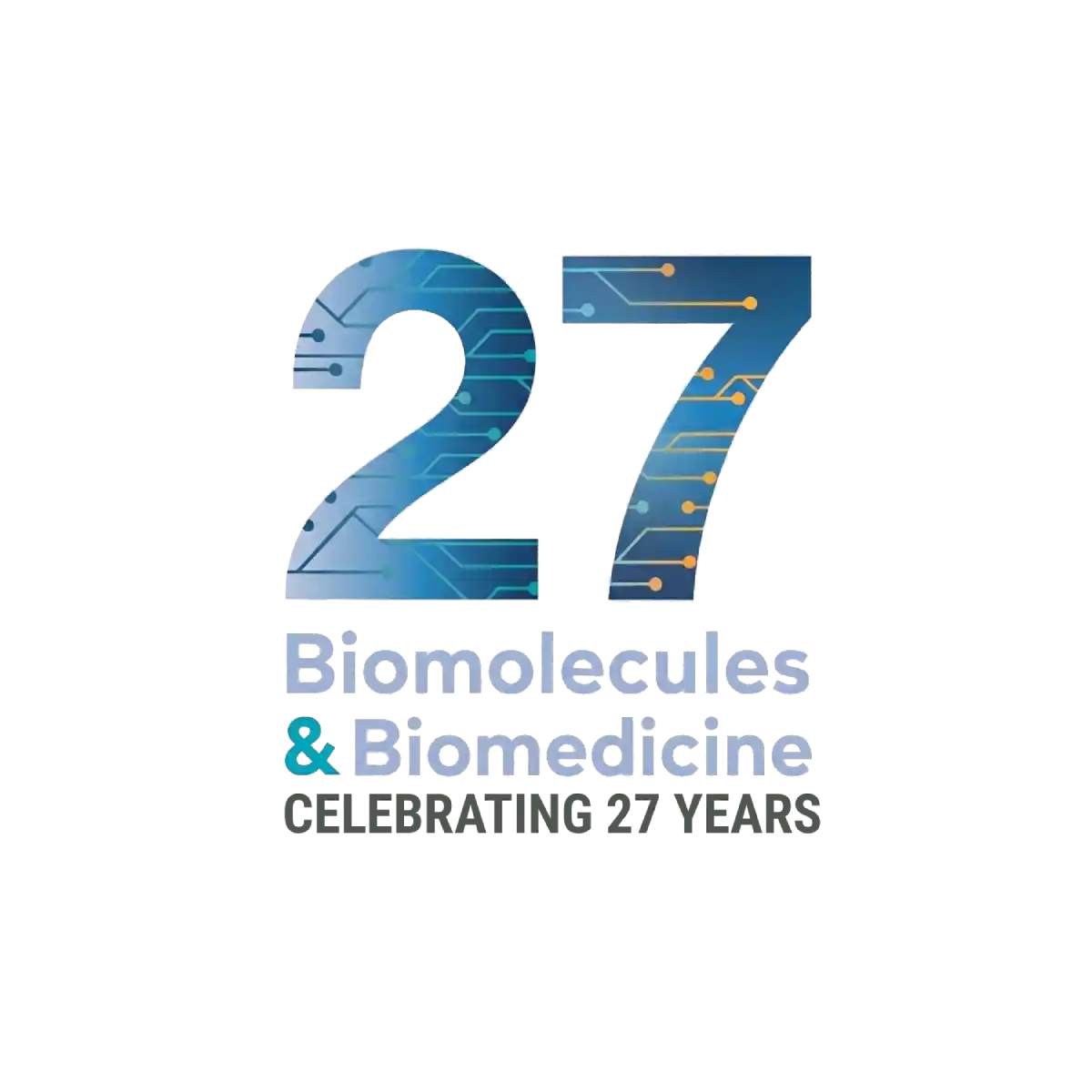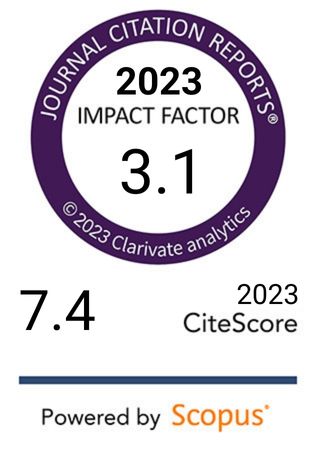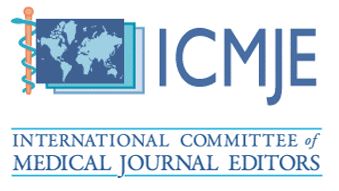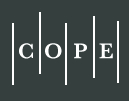Molecular and immune characteristics of neuroendocrine bladder carcinoma — Implications for diagnosis, prognosis, and therapy: A review
DOI:
https://doi.org/10.17305/bb.2025.13151Keywords:
Neuroendocrine bladder carcinoma, driver genes, immune microenvironment, molecular features, immune checkpoint inhibitorsAbstract
Neuroendocrine bladder carcinoma (NEBC) is a rare but highly aggressive histologic subtype of bladder cancer with poor prognosis, often driven by delayed diagnosis and limited therapeutic options; despite widespread use of next-generation sequencing, its cellular origin remains unclear and controversial. We aimed to synthesize up-to-date molecular and immune features of NEBC and translate them into practical guidance for diagnosis and treatment. We performed a narrative review of English-language studies indexed in PubMed and Web of Science (January 2000–August 2025) using predefined keywords, integrating genomic, transcriptomic, immunohistochemical, and clinical outcome data. Key findings indicate frequent co-occurrence and probable common clonal origin with urothelial bladder carcinoma, with hallmark TP53 and RB1 alterations, prevalent APOBEC-driven mutagenesis, and recurrent TERT promoter mutations; tumor mutation burden is heterogeneous but can be high. Despite this, NEBC commonly exhibits an immune-cold or immune-excluded microenvironment characterized by low PD-L1 expression and T-cell dysfunction, which may blunt responses to immune checkpoint inhibitor monotherapy. Diagnostic practice still relies on morphology supported by immunohistochemistry (synaptophysin, chromogranin A, CD56, GATA3), with emerging tools such as INSM1 and a decision-tree model using synaptophysin, CD117, and GATA3 that improve accuracy. Therapeutically, neoadjuvant chemotherapy—most commonly EP or IA—followed by radical cystectomy improves outcomes compared with initial cystectomy alone, while metastatic disease is typically managed with EP chemotherapy and radiotherapy with limited durability. Early data support immunotherapy, particularly immune checkpoint inhibitors, and suggest potential benefit from chemoimmunotherapy; a prospective trial of neoadjuvant anti-PD-L1 plus EP is underway, and antibody-drug conjugates and bladder-sparing multimodality strategies are emerging. In conclusion, comprehensive molecular and immune characterization is critical to refine diagnosis, optimize patient selection, and accelerate prospective trials that evaluate neoadjuvant chemotherapy, chemoimmunotherapy, and targeted approaches in NEBC.
Citations
Downloads
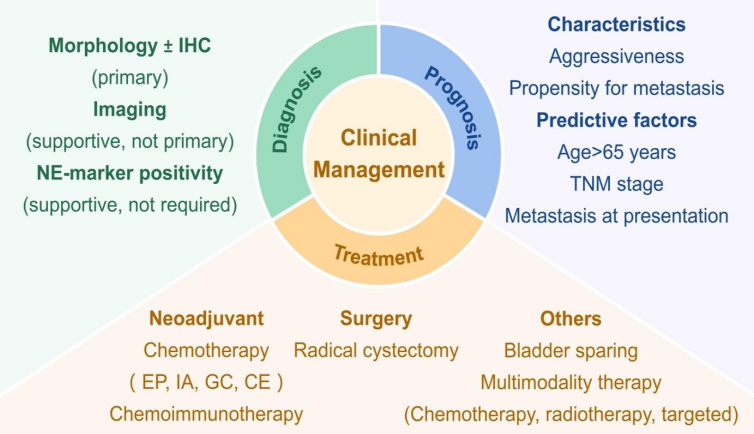
Downloads
Published
Issue
Section
Categories
License
Copyright (c) 2025 Tianxiang Zhang, Xi Zhang, Lei Qian, Chunjiang Hu, Jianxing Li

This work is licensed under a Creative Commons Attribution 4.0 International License.
